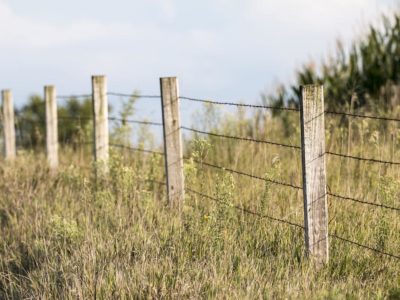From Your Side of the Fence: Patience and planning
06-25-2012 in From Your Side of the Fence
New construction of a livestock barn is a big project; it doesn’t happen overnight. Depending on the size of the barn and location, it can take months before you are ready to build.
Things to consider: (example, building a new 2,400 head hog barn)
- Alluvial and Karst soil: if your site has either of these soils present and you want to build at that location then you will need to request a “Declaratory Order” to determine if DNR will allow you to build on the site. A “Declaratory Order” takes 30 days for DNR to process.
- Soil sampling: you need soil samples on 10 acre grids or less that are 4 years old or less for a manure management plan. Time for soil sampling is 15 to 30 days.
- Manure Management Plan (MMP) and separation distance mapping: after the soil sample results have been received by a MMP provider and depending on their work load, it can take 10 to 20 days for a plan to be prepared.
- DNR Approval Time: if all requirements are met, DNR will issue a construction approval letter 30 days after the MMP and CDS were submitted to DNR and the county.
Worst case time frame if you go through the “Declaratory Order” process and normal processes for a MMP is 110 days before you can start construction. If you add 60 days for construction of the barn, then it is 170 days before you are ready for pigs – just short of 6 months. Larger barns take closer to a year to build.
The advice I give farmers is to be patient and start early. The only thing cutting corners will get you is fines and frustrations.
Recommended News

From Your Side of the Fence – November 2018
The fall of 2018 has made manure application very challenging in specific areas of the state. We have been receiving questions on manure application rules and using the “Emergency Application...
Read More
From your side of the fence: Top five neighbor relations tips
Neighbor relations is never an easy topic for farmers, or me, to talk about. No one-size-fits-all approach works for any and all farms. Each farm is different and each neighborhood...
Read More
From your side of the fence: Combination farms
Combination livestock farms can be challenging if a farmer is considering expanding. The most common example of a combination farm is cattle and hogs on the same farm site. Under...
Read More